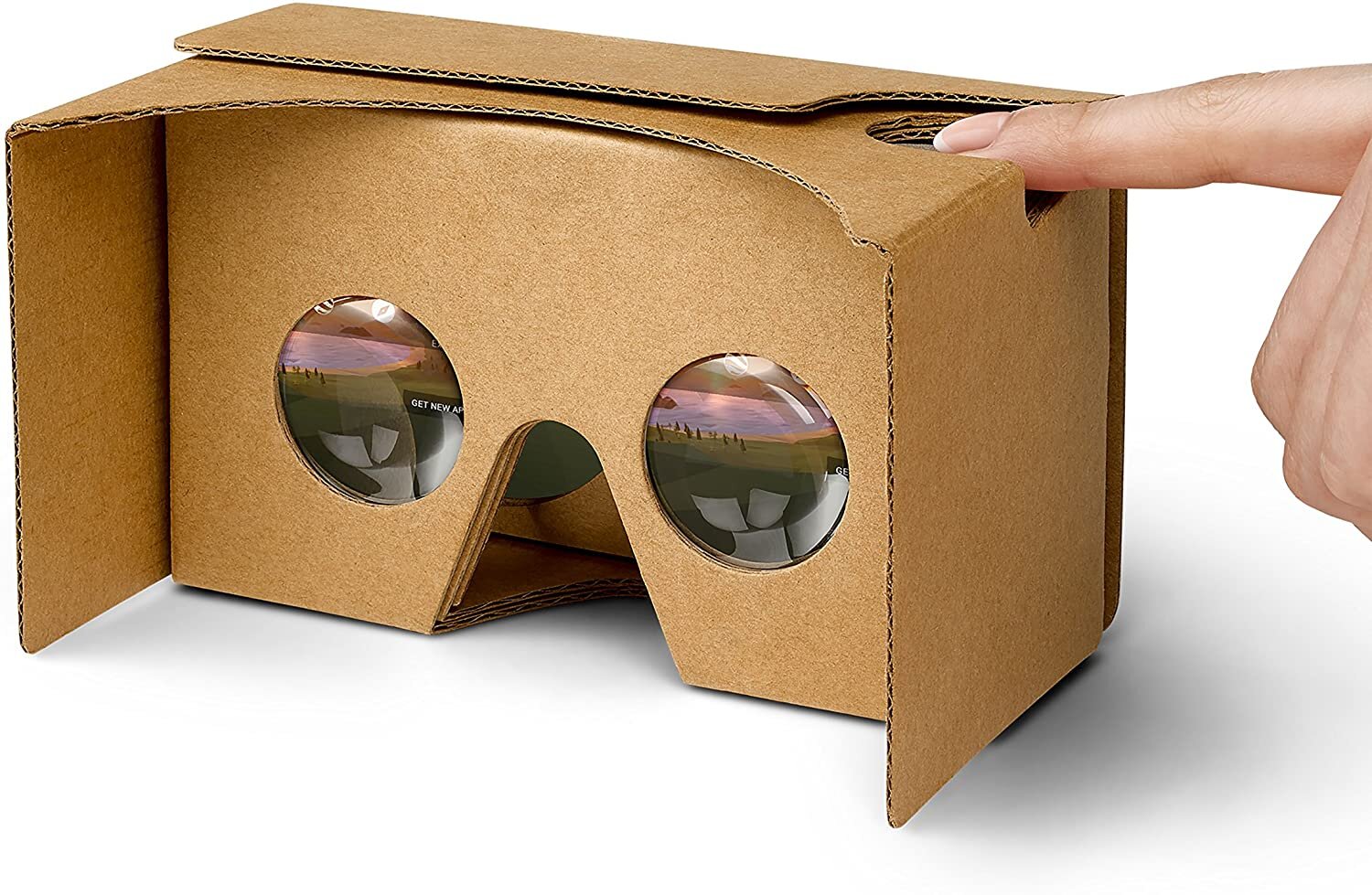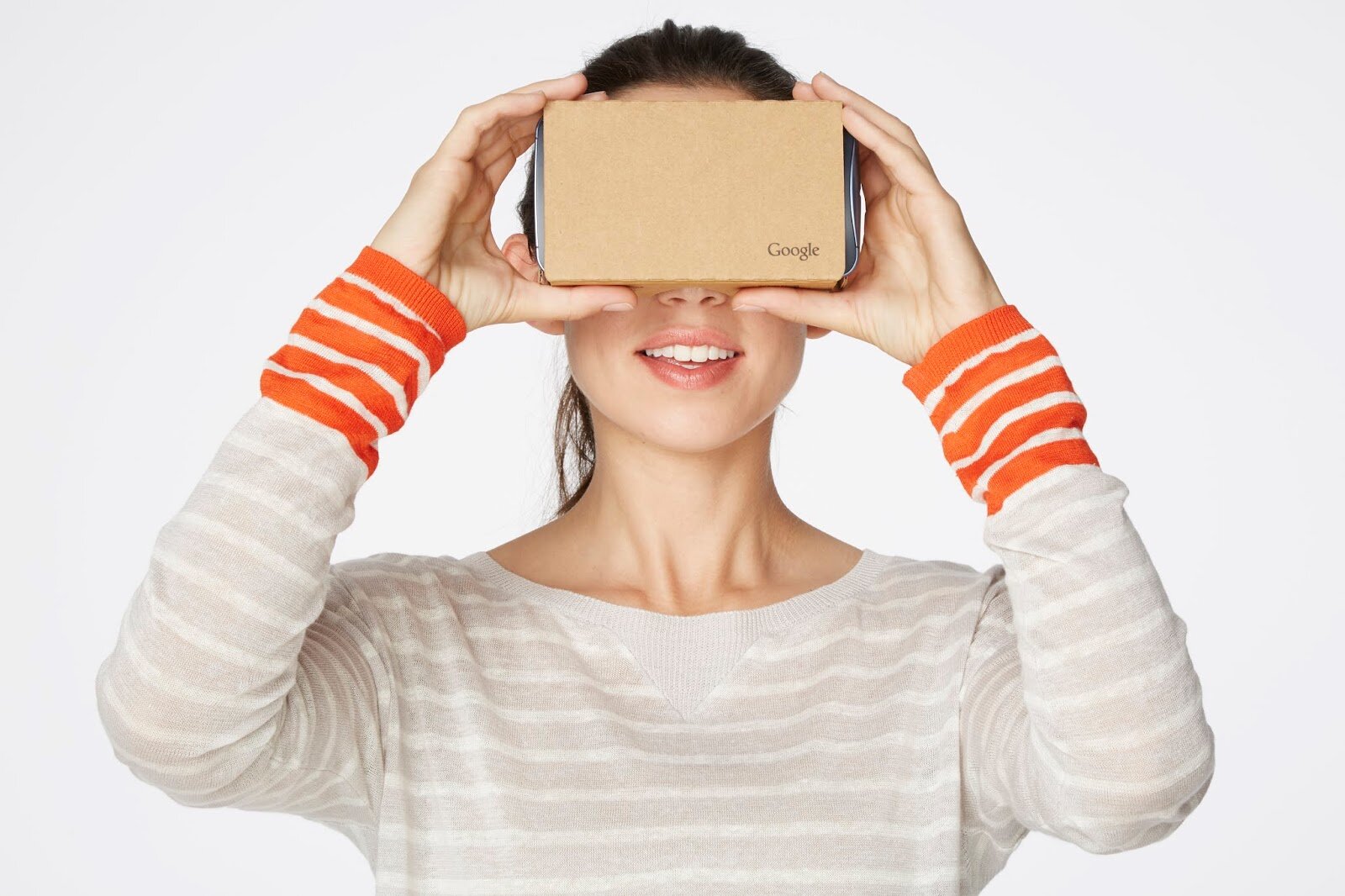How does one remain prominent in the architectural visualization world? Rendering perfection comes to mind. The sense of elation we feel in our clients, the pride of releasing impactful work, it’s unmatched; It’s a sense of belief and empowerment that drives us to constantly innovate and improve.
Allow me to offer a rebuttal; The medium on which renderings are presented plays just as much of a factor as the renderings themselves! The architectural industry is shifting towards experiences that offer unparalleled design immersion, with virtual reality at the forefront of this revolutionary movement!
Let’s explore exactly what virtual reality is, current offerings in the marketplace, and how we believe virtual reality will change the architectural visualization scene for years to come!
What is Virtual Reality?
Short and sweet, virtual reality is an augmented digital world explored through the use of a headset that encompasses the eyes while projecting a photographic feed. This headset also tracks user movements and interprets said movements through multiple degrees of translation and rotation in the augmented world!
I know, that sounds confusing. Our friends at the Valve team break it down in this video!
Virtual reality provides levels of depth and perception impossible with a monitor or television, but you already knew that. Let’s see the headsets!
Virtual Reality Marketplace Offerings
There are two main types of virtual reality headsets; Smartphone integrated, and standalone units. Let’s begin with arguably the most popular smartphone - compatible headset, the Google Cardboard!
Smartphone Integrated Headsets



Starting around $25, smartphone integrated virtual reality headsets are the cheapest and easiest introduction to VR technology. It’s as simple as buying the cardboard mold, constructing the headset, and viewing the augmented world through a smartphone screen!
The phone’s internal gyroscope tracks head movement, allowing exploration of the virtual world in three degrees of rotational freedom. In layman’s terms, the apparatus only permits looking around in a stationary viewpoint; No walking here.
Smartphone units tend to be a bit uncomfortable, are definitely on the basic side of the market, most don’t even strap to the head, but the mind - blowing multi - dimensional experience is absolutely there. With 44% of the global population owning a smartphone, virtual reality is more accessible than ever before.
For those willing to shell out a pretty penny? Oculus and Valve will deliver.
Standalone Virtual Reality Headsets
Standalone headsets start around $400, with higher end models easily eclipsing $1000. We’re not only talking a fully immersive headset with the bells and whistles, but also controllers to further enhance interactivity. Motion? 6 degrees of translational and rotational freedom; Looking and walking around.
Caveats? Well they’re a lot larger and bulkier than smartphone units, but make up for this with a premier fit and enhanced audio. Standalone virtual reality headsets can be broken down into self or PC powered.
Oculus Quest Virtual Reality Headset: VentureBeat
The most popular self - powered headset on the market is the Oculus Quest, coming in at a relatively reasonable cost of $400. That premium affords the most plug and play system on the market, with access to an extensive library of games, movies, and other countless experiences. I’ve heard the next iteration of the Quest will offer hand - tracking technology without the need for controllers!
Oculus Rift S Virtual Reality Headset: Philly VR
Those seeking a little more juice at the $400 pricetag may consider the Oculus Rift S, the most popular PC powered offering to date. It’s 5 stereoscopic cameras are known for their incredible tracking capabilities!
Valve Index Virtual Reality Headset: Pocket - Lint
Remember our brothers from Valve? The headset from the video is a beta version of the Valve index. The hefty price tag of $1000 is well worth it, offering the widest field of view, incredible audio quality, and best in class comfort. The refresh rate allows for a seamless, latency free experience, while external base station sensors offer unprecedented motion tracking capability.
Awesome tech, but you already knew that, especially if you’ve tried it. Where does architectural visualization come into all of this?
Virtual Reality Architectural Revolution
If you haven’t already read our piece on 360 - degree imagery, do that. Yes, right now. It only takes a minute, I promise.
For those who can’t spare that kind of time, cue the SparkNotes! 360 - degree images stitch multiple images together to create a virtual panoramic environment, explorable through three degrees of rotation. No walking or moving around, a mouse controls the user’s desired viewpoint.
Virtual reality headsets? They replace the mouse altogether! Why not track eyesight with… Natural head movements, the same way we do in real life! Since these are simply 360 - degree images, we can view them on our smartphones as well! See where we’re going with this?
Don’t get me wrong, standalone virtual reality headsets work great with the 360 - degree images too, but with the extra processing power offered, why not transform architectural renderings, these breathtaking scenes, into fully interactive environments!
We’re talking about turning images and animations into full - fledged videogames, permitting clients to walk around and experience spaces as if they’d already been constructed! And don’t forget the real time customization potential a programmed game environment offers! We’re talking the ability to change the texture of a couch, alter the weather, see the environment at night, all with the click of a button! This is an experience clients can’t afford to overlook!
Architectural Virtual Reality in Practice
So, what’s going on right now?
We’ve already got 360 - degree images, view them here!
Epic Games has also taken strides in the VR movement using Unreal Engine, and we plan to follow suit!
Twinmotion, Epic’s dedicated architectural visualization engine, offers insane virtual reality plug and play capability through BIMmotion, a software allowing clients to download scenes, and interact with them like a video game. Twinmotion’s quality isn’t quite to our standards yet, but we’ve been heavily experimenting with the program, and it continues to improve dramatically every year! Check out this BIMmotion demonstration here!
We’ve also got Studio, an integrated Unreal 4 plugin dedicated to the design and development of compelling architectural visualizations. Designing within Unreal 4 gives us that game environment capability I alluded to, permitting those dynamic and interactive elements meant to enhance the virtual reality experience.
Our returning readers also know that Unreal 4 has Quixel 8K material capability!
Our friends at Lunas have experimented with the technology, and the results speak for themselves!
We can all agree the next logical step for architectural visualization is a shift towards increased levels of immersion. Virtual reality offers perception and depth with great potential to achieve this, and we are fully committed to its implementation in the digital rendering marketplace. Hugo Render’s scenes have always been mindblowing, a spectacle in a utopian sea; Virtual reality provides an entirely new and exciting way to appreciate our work.




